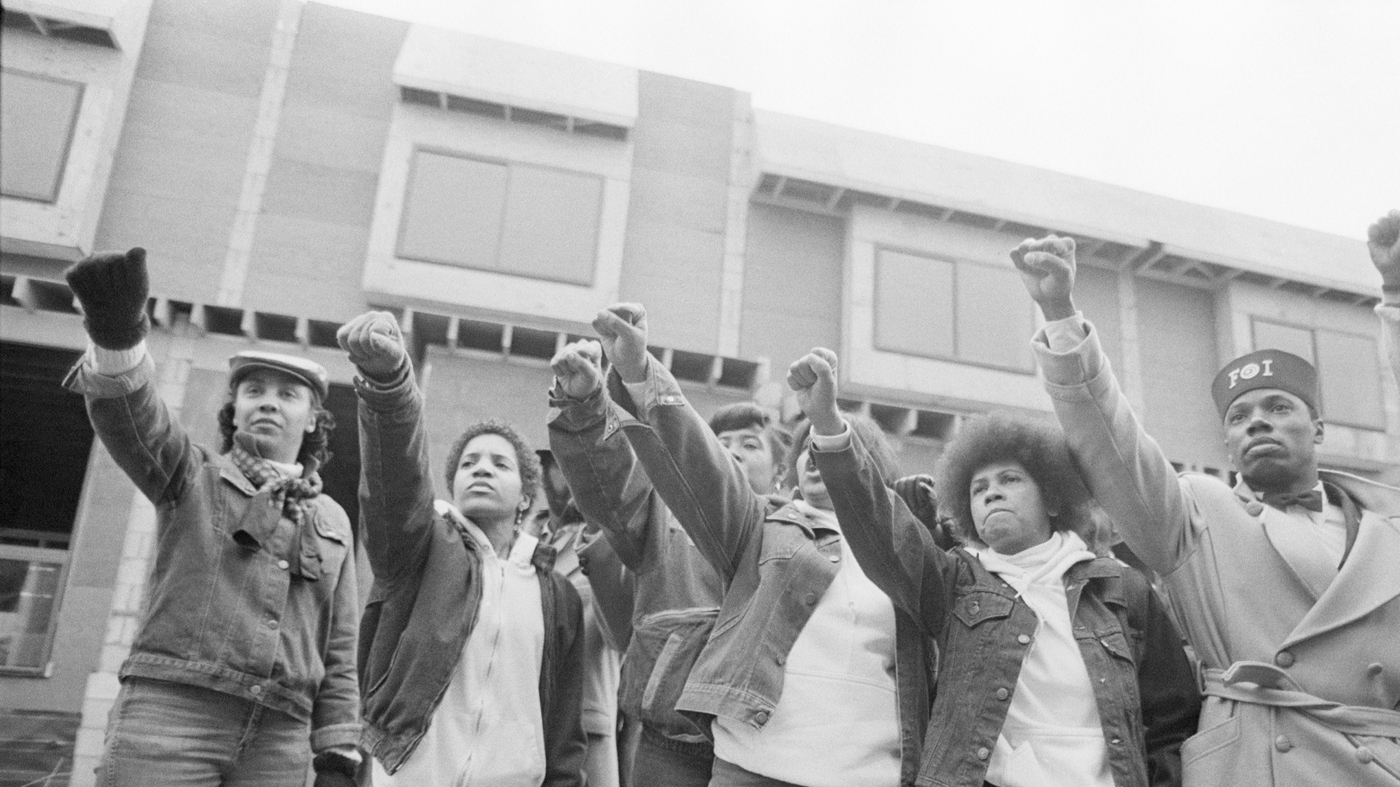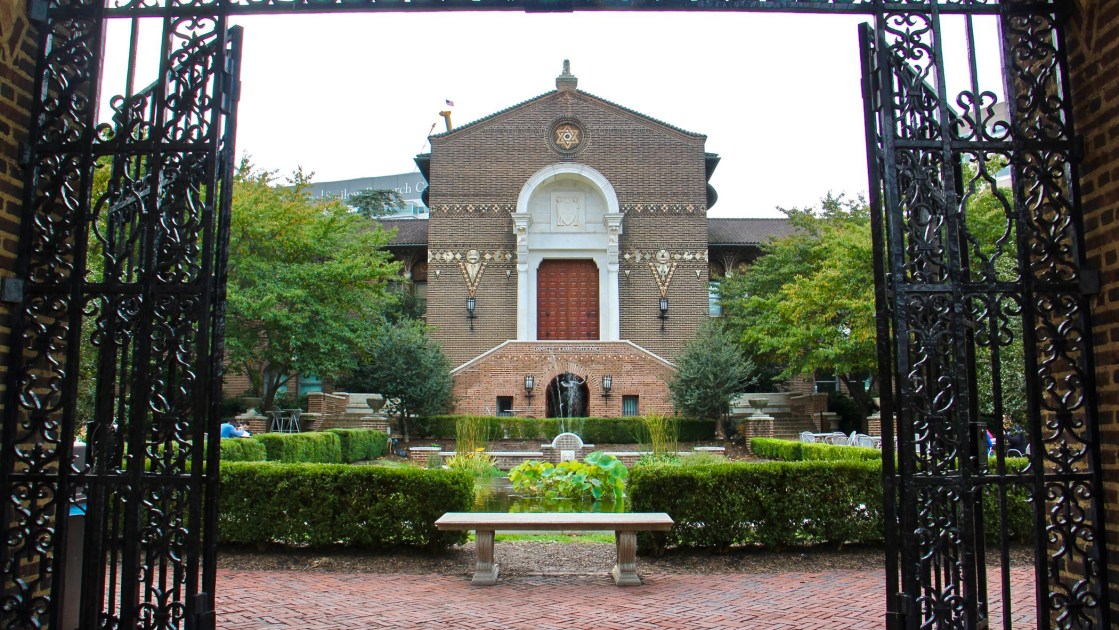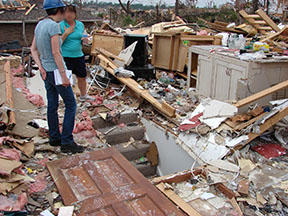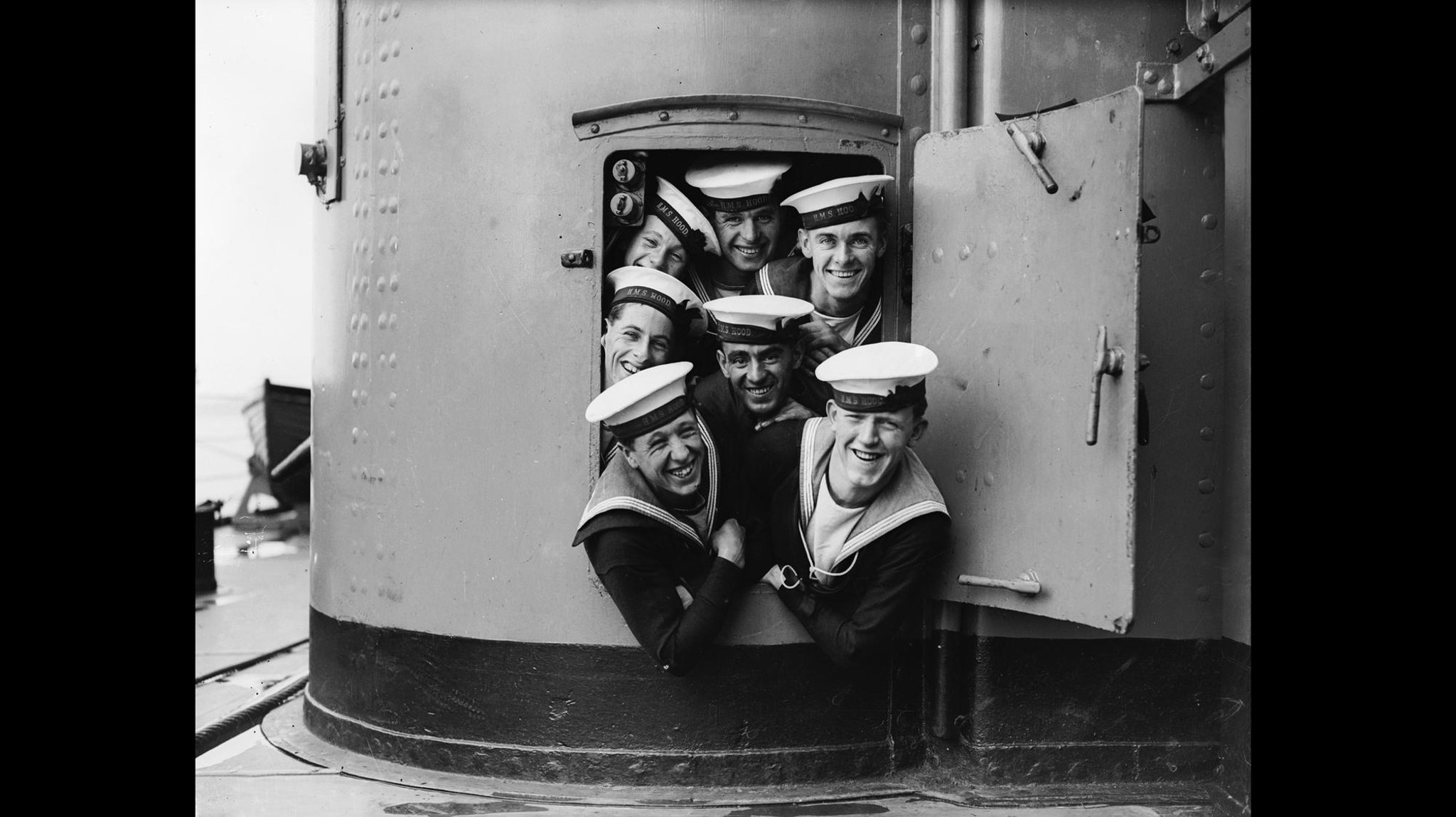BarnBuster
Virtually Unknown Member
On Sunday, May 12, 1985, police began going around a West Philadelphia neighborhood and telling residents to evacuate within 12 hours.
Police erected barricades around a four-block area and established a command post. At midnight, police went door to door, asking residents still in their homes to evacuate quickly. At 12:15 a.m. Monday, a radical group known as MOVE warned police using its public-address system. The message was, “You’re going to see something you’ve never seen before.”
At 5:27 p.m. on May 13 police dropped a "percussion" bomb (this is a misnomer, it was actually 2 one pound sticks of Du Pont Tovex TR-2 [an explosive gel used mainly in mining and quarry applications], similar to dynamite placed in a satchel and dropped from a helicopter onto MOVE’s roof. It was also purported but never definitely proven that the military explosive C-4 was used in it's place or as a kicker. )bb. on the MOVE rowhouse on Osage Avenue that left six adults and five children dead and 60 homes destroyed.

The mystery of the C-4 explosive remains unsolved | 1986
Thirty 1 1/4-pound blocks of C-4 definitely is not a small amount. So, why did the agent do it?
What happened that night actually started years before. The origins, according to a United Press International story published on May 14, 1985, “traces its origins to the waning days of the 1960s counter-culture era. MOVE was founded in 1972 by Vincent Leaphart, a Black third-grade dropout, and Donald Glassey, a white college teacher with a master’s degree in social work. In 1973, the pair moved into a twin, Victorian home in Philadelphia’s Powelton Village section, near the University of Pennsylvania and Drexel University. They began to write a book containing the beliefs of Leaphart, who had changed his name to John Africa.
Early on, the group was known as the Community Action Movement but the name was later shortened to MOVE. The group was, and still is, predominantly Black. All its members use the surname Africa. Under John Africa’s direction, MOVE espoused a back-to-nature philosophy, eschewing modern convenience such as electricity. It opposed the killing of any animals, including the rats seen scurrying around the run-down house in Powelton Village, situated about three miles from the scene of yesterday’s action in West Philadelphia.
MOVE members refused to use soap or to cut their hair, worn in a braided style known as dreadlocks. Believing that food should be recycled into the earth, they routinely threw garbage on the ground around the house. Neighbors began complaining about the health hazards posed by MOVE’s lifestyle.”
In the late 1970s, according to the report, MOVE had run-ins with city officials and the police including a nine-hour confrontation in May 1977. Eleven MOVE members were charged with weapons offenses as a result. “In March 1978, police, in a tactic approved by the state Supreme Court, sealed off a four-block area around the house and prevented the group from obtaining food and water. The blockade was designed to force the 11 to surrender.
The 50-day siege ended on May 3, 1978, when MOVE members agreed to lay down their arms and surrender. But, as time passed, they refused to adhere to the agreement. A judge ordered the arrest of 21 of them on contempt charges. On the morning of Aug. 8, 1978, several hundred police and firefighters converged on the house to enforce the judge’s order. Gunshots erupted from the house and Officer James Ramp, 52, was shot to death. Police returned fire.
Before the shooting ended, four other officers, four firefighters and one MOVE member were wounded. The same day, the city bulldozed the MOVE house. ‘We demonstrated patience and tolerance for their abuses against our community for and beyond what civilized people have a right to expect,’ said then-Mayor Frank Rizzo. ‘There is no question that MOVE fired the first shot.’
On Dec. 10, 1979, nine MOVE members went on trial in Ramp’s death. They were convicted five months later and sentenced to serve 30 to 300 days in jail. Three police officers were acquitted of charges they beat a MOVE member, Delbert Orr Africa, after the shoot-out. On May 13, 1981, after three years of being a fugitive, John Africa was arrested on federal charges of bomb making and rioting in Rochester, N.Y. He was later acquitted.
MOVE members began moving into their present home in 1981.” On May 14, 1985, United Press International reported, “A police helicopter dropped a percussion bomb on a filthy inner-city row house yesterday to flush out members of the radical group MOVE, injuring two occupants and engulfing as many as 16 buildings in flames, authorities said.”
The news source reported that that the MOVE house “burst into flames, its roof collapsed and thick brown smoke billowed out of the building and five adjoining houses.” The report said the MOVE house was “filthy and rat-infested.” After the bomb was dropped, UPI reported that it was more than a hour before firefighters began using their hoses on the flames.
Mayor W. Wilson Goode, when asked why police would drop a bomb when they knew children were in the house, said, “There’s no way you could avoid it. I don’t believe there is any way to extradite them without an armed confrontation.” Goode previously had said that he was convinced MOVE wanted a violent confrontation and was not interested in negotiations. “Whenever you are engaged in a difficult attack of this kind, you always have the worst case scenario. What you see here is the worst that could happen – loss of property. I said last week [it was] a very explosive situation.”
A report issued in 1986 determined police “used grossly negligent” tactics and “committed an unconscionable act by dropping a bomb on an occupied row house.” MOVE survivors later sued the city and police and in 1996 were awarded a $1.5 million settlement.
Philadelphia earned the reputation as “the city that bombed itself.

Remains Of Black Children Killed In MOVE Bombing Cannot Be Located
Six adults and five children lost their lives during the 1985 attack on Philadelphia's MOVE compound. And now two Ivy League universities can't confirm the whereabouts of the remains of two children.

Remains of children killed in MOVE bombing sat in a box at Penn Museum for decades
Where are they now, and who is responsible for them? No one seems to know.














